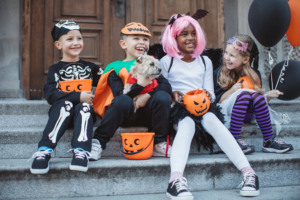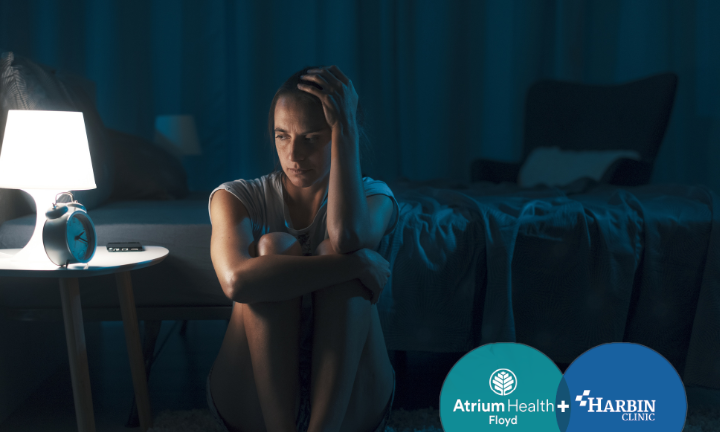Haunted By Worry This Halloween?

Rather than worrying too much about Halloween safety for your kiddos, let us help you prepare for the best night possible! Being smart on Halloween doesn’t require spoiling the fun. Creep it real with these safety tips. Know what is risky business and what isn’t!

Ghoulish statistics on traffic:
Traffic safety is one of the biggest concerns for parents and caregivers on Halloween. On most days, it’s unlikely that children typically wander your neighborhood streets at dusk or after dark. However, on Halloween, children are everywhere at this time of lower visibility, and historically, Halloween night sets records for the most child pedestrians fatalities. If you are trick-or-treating with children under 12, remind them of basic traffic rules before you put on costumes and the excitement begins. Walk them through what the night will be like.
- Talk about looking both ways before you cross the street.
- Encourage children to cross at corners and crosswalks where drivers can see them.
- Tell children to make eye contact with drivers before crossing the street.
Then, once the excitement has begun, remind children of your discussion in brief, direct terms. Adults and older children should also be reminded to stay present and put away smartphones and devices that might distract them while walking or watching children.
For older children, map out an area with friends that they plan to stay in, and approve it. Include these suggestions for their evening:
- Stay in well-lit, familiar places.
- Use a partner or buddy system so no one leaves anyone behind.
- Agree on how to handle changing plans and suggest making the adult the “bad guy” if peers pressure them to break the rules.
Be the Best Dressed:
No matter what your child is wearing, consider adding reflective tape or glow sticks to the ensemble to make them more visible for cars. Flashlights are great, but they are often dropped or lost in the excitement of the evening. Make sure your child’s costume fits. The best costumes are clever AND functional. Falling and breaking a bone is never humerus on Halloween.
The FDA also suggests avoiding colored eye contacts as a costume element since many are not approved. Likewise, we encourage testing any face paint or make-up prior to Halloween. Put a small spot on an arm or leg, and avoid use if you see any irritation.
Stranger Danger:
For every age, make sure children know not to enter the car or the house of a stranger. As children of every age are struggling with more anxiety today, there’s no need to scare. Simply remind children to stick with visiting the approved people and places. Trick-or-treating does not include going into someone’s home. If someone they do not know asks them to get in a car or come into their home, they should alert you and decline.
All treats and no tricks:
Parents may also have concerns about what children receive going door-to-door. No matter what they are given, the best way to start Halloween is by eating a good dinner or healthy snack so that children aren’t hungry and eating candy constantly while trick-or-treating. Encourage children to wait until they get home to open candy. Then, they can sort and swap candy while you make sure the treats are age-appropriate and not a choking hazard. You can also remove anything already open or not commercially wrapped at this time. By eating candy at home, you are also more prepared to deal with any food allergy concerns.
As a parent or caregiver, you likely worry about your children daily. Spend a few moments to get prepared for this Halloween, so you have nothing to fear.


